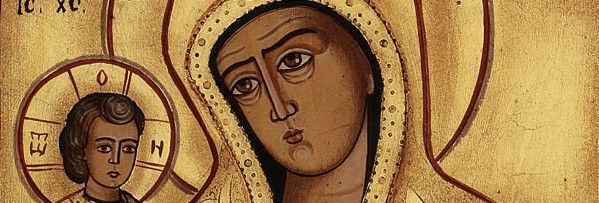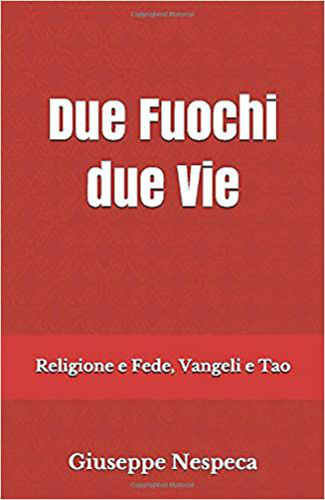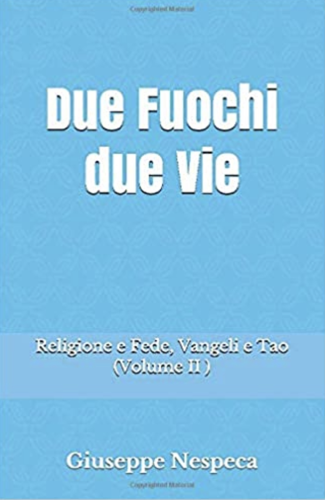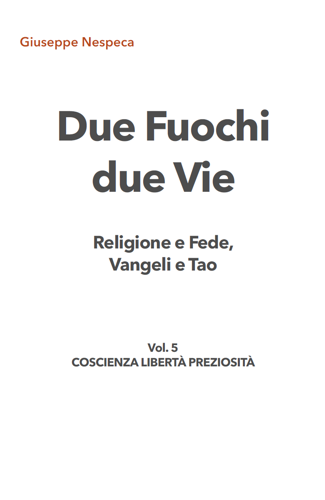Model of the satraps
(Mk 10:35-45)
Unofficially, Pius VII tried to lift the triregnum (neoclassical style, unusual) given to him by Napoleon, but his pages could hardly lift it up because of the weight.
Let alone carry 8 kilos and 200 grams on his head! He even tried to put it on, however, while of course someone also supported him from the side (imagine if he had fallen on the red slippers).
But it was also too tight: impossible to get your head into it!
Out of spite, Bonaparte the new emperor had it made so that no pope could ever wear it; and so it was, the ironic museum piece.
The imposition formula was: 'Receive the Tiara adorned with three crowns, and know that Thou art Father of Princes and Kings, Ruler of the world, Vicar on earth of Our Saviour Jesus Christ, to whom be honour and glory for ever and ever. Amen.
While amidst symphonies and choirs some were waiting for the moment of the tiara to weep a little over the ancient splendours, at the celebration of the reopening of the Council - after the coronation - Paul VI finally laid the triregnum on the papal altar.
He took it off with satisfaction, not because it was uncomfortable (he had a good four and a half kilos on his head): later he also made other gestures of unexpected renunciation with demands to be obeyed.
After him, no pope had the courage to adorn himself.
It was an opportunity not to be missed by anyone with vast experience of curial and diplomatic circles.
With in his fist the keys of Heaven, the reins of the earth and the command of Purgatory (the three crowns), the pontiff decided to bring up several flames from underground - to overheat the strains of some careerist from the sidelines, accustomed to directing souls by standing on top of any trunk.
Mark wrote his Gospel in the year of the four Caesars (68-69).
Despite the fact that Nero's persecution had passed only a few years ago, immediately the believers return to fight among themselves to be 'big' and in first place.
Within the Roman community, the race to excel starts again. Here is the cue for the Gospel call.
To be worshipped, hunger for prominence, better to be counted than to be counted?
The place of honour is the last.
The alternative is: a religion that produces and reiterates distances, or the life of humility-communion marked by sympathy for the less entitled.
The person of Faith is recognised and characterised by human fulfilment, which resembles God.
In the Gospels, the "Son of Man" (vv. 33.45) is an icon of transmissible holiness, a living sanctuary from which divine compassion radiates.
The Son of Man is the one who, having attained the utmost human fullness, comes to reflect the divine condition and radiates it diffusely - not selectively as expected.
Successful Son: the Person with the definitive step, who in us aspires to convivial expansion, to an indestructible carat within each one who approaches - and encounters - divine marks.
It is growth and humanisation of the people: the quiet, transparent and complete development of the divine plan on humanity.
Son of Man is therefore not a religious, guarded, controlled and reserved title, but an opportunity for all those who adhere to the Lord's life proposal, and reinterpret it in a personal creative way.
They overcome the firm and proper natural boundaries by making room for the Gift; welcoming from Grace the fullness of being, in its new, unrepeatable tracks.
Feeling totally and undeservedly loved, we discover other facets... we change the way we are with ourselves, and we can grow, realise ourselves, blossom, radiate the wholeness we have received - with no more closures.
In the Gospels, the Son of Man - the true and full development of the divine plan for mankind - is not hindered by the habitués of the sacred precincts.
Precisely. The Lord disdains the model of satraps.
Here then are the two opposing orientations of life.
On the one hand, the custom of prevailing-assuming, perpetuating the ancient world; therefore pretending, getting one's way, dominating, manipulating, acting with duplicity, demanding with harsh language (but also mellifluous - in order to obtain for oneself)...
A different humanising track is instead that of supporting people to expand their lives and esteem themselves, discovering their own deep states, their personal Calling - what is in conformity and beautiful to them - encouraging them to mature the Dream they cultivate.
In Jesus' proposal, heavenly Glory is identified with what is a source of fulfilment for all, not with a pyramidal archetype of well-introduced (deaf in ambition).
For while the outer papier-mâché castles are ecstatic and still leave us open-mouthed, in the turn of history the presumptuous suddenly become chaff in the wind; they have no weight, they do not last.
It is the archetype of pyramidal authority and command, attentive to balance and strategic points.Such dynamics do not belong to the community of the Sons - marked by sharing the choice of the Chalice (v.39): anti-ambition.
In short, Jesus reiterates that God's authentic enemy is not imperfection, nor limitation - or even the apparent ruin of one's prestige - but an internal demon.
The Lord's counterpart is the desire to get on the board of life and be served by others, for the thrill of power.
On a crusader capital preserved in the Nazareth Museum is a sculpture of an Apostle with a wavering pose and an uncertain gait, who is decisively dragged along by a crowned female figure: Faith.
It is Faith that clasps the hand on the wrist (where life pulses) of the character - awkward but endowed with a halo (from the features he definitely looks like Peter) undermined by the demons of having and power.
The disease of places of honour does not heal. The fever of being revered and seeming first in class does not subside, in fact it becomes madness; and the head still does not change.
Always striving for the ascendancy, the line of respect - and gaining space. Measure of a way of conceiving.
Here then is the Bishop of Rome still forced to admonish his princes:
"These people play at being God"! "A successful life does not depend on success or on what others think". "Today there is a culture of subjugating the other" - and so on.
In this way, the holders of titles of prestige are "deemed" (v.42) leaders.
In the parallel passage, Lk adds that these rulers - also in relation to the churches - also claim to be called 'benefactors' (the title of the great Hellenistic rulers).
And unfortunately, here and there the malpractice continues.
It is the type of chained, position-conscious sovereignty; which is exercised and 'works' great, but does not go.
Apeing the worldly structures marked by the logic of privilege, prevarication, plagiarism and subjugation is less than noble and more than suspicious: anything but an example or the civil and moral engine of society!
Such dynamics do not belong to the community of the Sons; although they are occasionally evoked, implemented by individuals and factions oppressing the voiceless (even under the table) or at least regretted by ill-concealed nostalgics.
The same ones who - not having lost the vice of satisfying themselves by cloaking themselves in false prestige - continue to spoil the climate and drive away the best energies.
The Apostles were already sure that they had taken the Master hostage (v.35).
So in the still vain attempt to stir consciences and dirouse them, the Lord continues to address men - as in the Gospel passage - cordially and from below, like a slave with his masters (v.36).
It is God who is the forced labourer at the service of the subordinates' desire for life; reflexively His own - if they manifest Him authentically, Greatly in earnest.
To those who do not live a vital relationship with Christ but pretend to sequester Him, Pope Francis reiterated the traits of the "disease of those who feel themselves masters. They believe themselves to be superior or indispensable and not in service. Sickness that comes from the pathology of power, from narcissism, from the complex of the elect".
The 'chosen ones' often imagine that they have already caged Jesus, so you always find them on top and in front, never equal; let alone behind: rather, smeared with imperial dust that produces lacerations and schisms (v.41).
Other than giving oneself and sharing - we repeat - the choice of the Chalice (the anti-ambition)!
Here is the indicative element of the difference between religion and Faith:
God's enemy is not sin, but power. The intoxication of being crowned with a tiara, that is, of being destined to be continually honoured, to be noticed and commanded everywhere... even underground.












